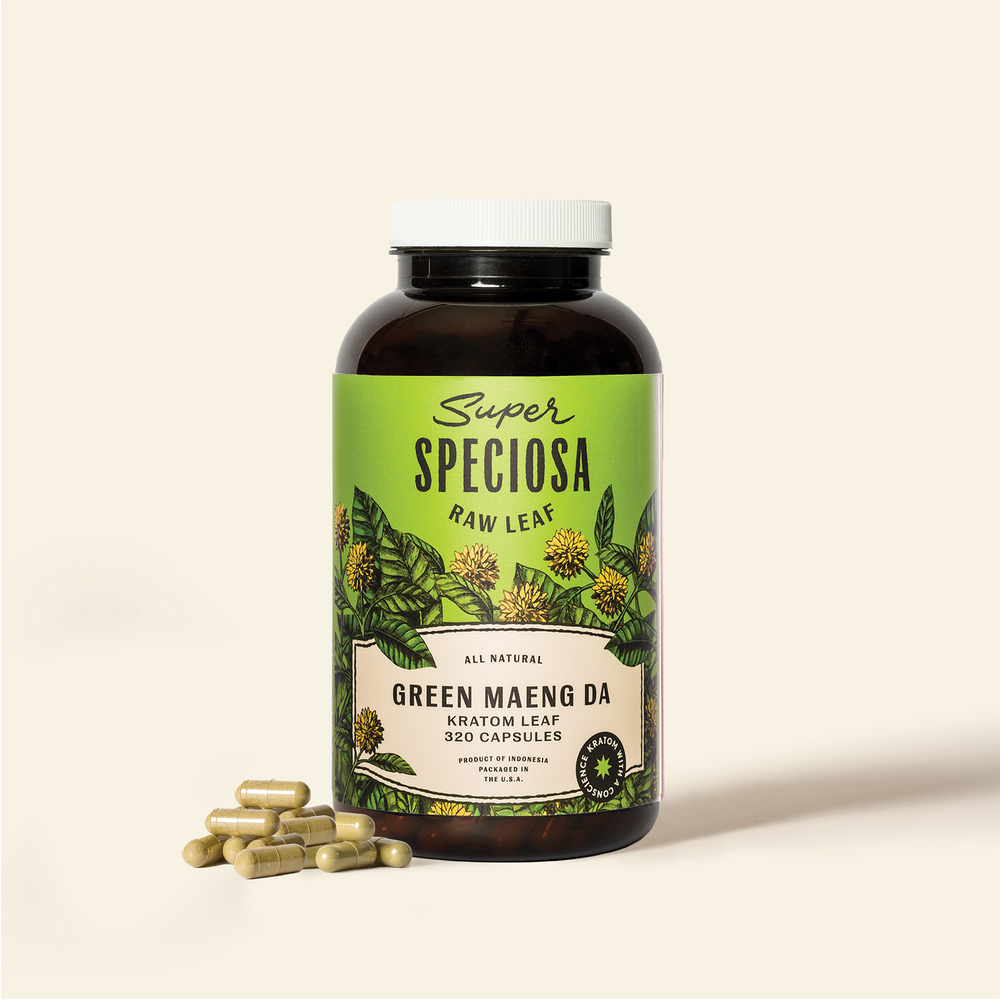Missouri’s Fourth Attempt to Regulate Kratom Passes in House
MISSOURI’S FOURTH ATTEMPT TO REGULATE KRATOM PASSES IN HOUSE

Kratom policy in Missouri has been discussed to such an extent that one representative joked it’s like a viral meme.
Instead of acting on those recurring discussions, the state has muddied the process with details and misinformation. That’s why state legislators are on their fourth attempt to codify kratom protections.
And this time, legislators at every step of the process have made it clear: It’s time to regulate the state’s kratom market.
House Bill 1037 was introduced in January, during the current legislative session, and is the latest attempt to establish a Kratom Consumer Protection Act (KCPA) in Missouri. It's already passed the full House of Representatives nearly unanimously. With the end of the session just weeks away, advocates–and a handful of exasperated state Representatives–hope to get this law across the finish line finally.
The only hurdles left to clear are the state Senate and the ticking clock of the legislative session.
Another Attempt to Regulate Kratom
Rep. Tricia Byrnes sponsored the latest version of a proposed KCPA in Missouri. Byrnes introduced HB 1037 to the House Emerging Issues Committee and made it clear that the need to pass kratom regulations is more urgent than ever. As kratom products have begun to venture away from natural, plant-based supplements, Byrnes said that KCPA-style legislation is a necessity at the state level to protect consumers from bad actors in the industry.
Especially with the rise in products that artificially elevate specific alkaloids in products labeled as kratom, Byrnes said her bill would address the issue of additives and 7-hydroxymitragynine, which is an alkaloid that does occur naturally in kratom but in low amounts.
“What has happened is the term ‘kratom’ has been adulterated,” Byrnes said. “The product itself has been adulterated. There’s been a hidden way of taking advantage of this product: There’s 7-hydroxy in it… and what folks are doing is taking that chemical and then upping the percentage to create a different product.”
Byrnes said those same bad actors will still market their product as naturally occurring and operate in the legal space carved out for kratom. That’s where her bill comes in.
HB 1037 would make it illegal to add adulterants to any product sold as kratom, would set limits on the amount of 7-OH and ban synthetic alkaloids. It also sets an age requirement of 21 to buy kratom and sets basic label requirements. One unique twist is that rather than regulating kratom as a food product, Byrnes' bill defines kratom as “any good placed in the marketplace containing any part of the leaf of the plant Mitragyna speciosa.”
When it was time to debate the bill on the full floor of the House of Representatives, Byrnes faced direct questions about kratom’s safety profile. Using the same line of reasoning, Byrnes made it clear that the only documented risk to public health comes from ‘enhanced’ kratom products.
“What we were seeing was manufacturers from other countries who were blending kratom with other synthetics, and that’s where the problems were occurring,” Byrnes said. “This bill is to limit them from doing that. There is a significant health issue if this is sold as an adulterated product.”
During the public hearing in front of the Emerging Issues Committee, a local kratom producer spoke in favor of the proposed KCPA. Todd Underwood said he employs over 100 employees in his kratom businesses and backed Byrnes’ reasoning for proposing a regulatory structure for kratom. Underwood has muscular dystrophy and also spoke personally as a kratom user.
As a responsible kratom user, Underwood said passing HB 1037 would help target those bad actors who use the label of kratom to take advantage of customers.
“What a lot of, basically, borderline drug dealers have done is they’ve figured out how to synthetically create mitragynine and convert that over to 7-hydroxymitragynine,” Underwood said. “They’re putting it out in products that have never been seen in nature before. That particular alkaloid is highly addictive, it’s not good and it needs to be banned.”
HB 1037 passed on the floor of the House by a vote of 148-2. At every step of the process, feedback on Byrnes' bill sounded similar: Let’s settle this measure once and for all.
Pushback on Previous Attempts
The first attempt to codify protections for kratom came in 2020 with a bill that would have been one of the first KCPAs in the nation. Utah enacted the first kratom regulation law in 2019; the total has risen to 14 states that offer similar protections to what is typically included in KCPA legislation.
Missouri’s attempt to regulate kratom failed in 2020, but a second attempt in 2022 passed in the state Senate by a vote of 30-2 and made it through the House 106-31. The bill sat on the governor’s desk for a month before being vetoed by Gov. Mike Parson. In Parson’s letter, he explained that the proposed law would label kratom as a “food,” which conflicted with the position of the Food and Drug Administration (FDA) on kratom. Due to the conflicting views of the FDA, Parson returned the bill without his signature. The veto was not challenged.
Another attempt to regulate kratom was rejected in 2023, setting the stage for Byrnes’ most recent attempt to codify kratom protections.
The most recent action of the Missouri Senate came on April 10, when the bill was assigned to the Judiciary and Civil Jurisprudence Committee on second reading. There has been no action on the bill since. Missouri’s legislative session concludes on May 16.





